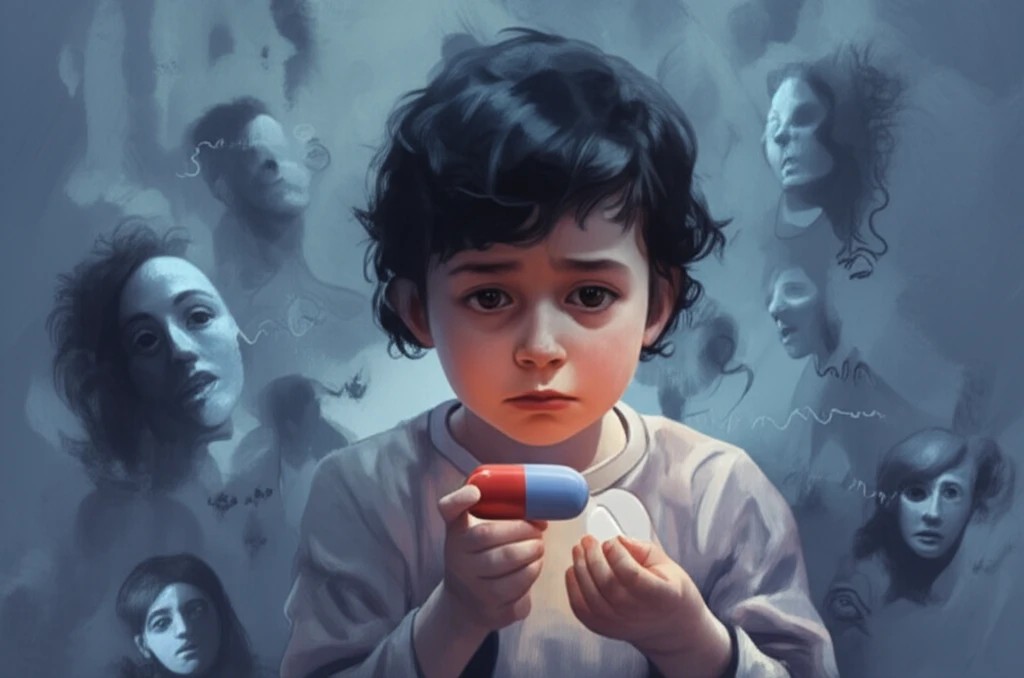
When Antibiotics Trigger More Than Healing: Understanding Amoxicillin and Hallucinations
"A Rare Side Effect: Exploring the Link Between Amoxicillin and Psychotic Symptoms"
Amoxicillin, a common antibiotic prescribed to combat bacterial infections, is generally considered safe and effective. However, like all medications, it carries a risk of side effects. While most are mild – think nausea, diarrhea, or rash – some can be quite alarming. One such rare but serious adverse reaction is the onset of auditory and visual hallucinations.
Hallucinations, defined as sensory experiences that appear real but are created by your mind, can be incredibly distressing. When linked to a common antibiotic like amoxicillin, it raises important questions about medication safety and awareness. This article delves into the surprising connection between amoxicillin and psychotic symptoms, examining a specific case report and offering insights for patients and caregivers.
The goal is to shed light on this rare phenomenon, promoting informed discussions with healthcare providers and emphasizing the importance of vigilant monitoring during medication use. By understanding the potential risks, patients can be better equipped to manage their health and well-being.
A Startling Case: Auditory and Visual Hallucinations Linked to Amoxicillin

A recent case report detailed an unusual reaction in a 7-year-old boy undergoing treatment for a febrile episode. The boy was prescribed oral amoxicillin at a dose of 1g per day to combat the infection. Shortly after the initial dose, he began experiencing auditory hallucinations, hearing voices that scolded him.
- The Timeline: Hallucinations began shortly after the first dose of amoxicillin.
- Symptoms: Auditory hallucinations (hearing scolding voices) and visual hallucinations (seeing a distant person).
- Diagnosis: Neurological assessment revealed no underlying disorder.
- Intervention: Amoxicillin was withdrawn, and no other treatment was administered.
- Outcome: The boy's symptoms resolved completely within 18 hours, and he was discharged symptom-free.
What Should Parents and Patients Do?
The case report underscores the significance of vigilance and open communication with healthcare providers. It's essential to be aware of potential adverse effects and report any unusual symptoms promptly. While the risk of hallucinations associated with amoxicillin is low, early detection and intervention can prevent unnecessary distress and potential complications. Remember, your proactive engagement in monitoring your health or your child's health can make a significant difference.
